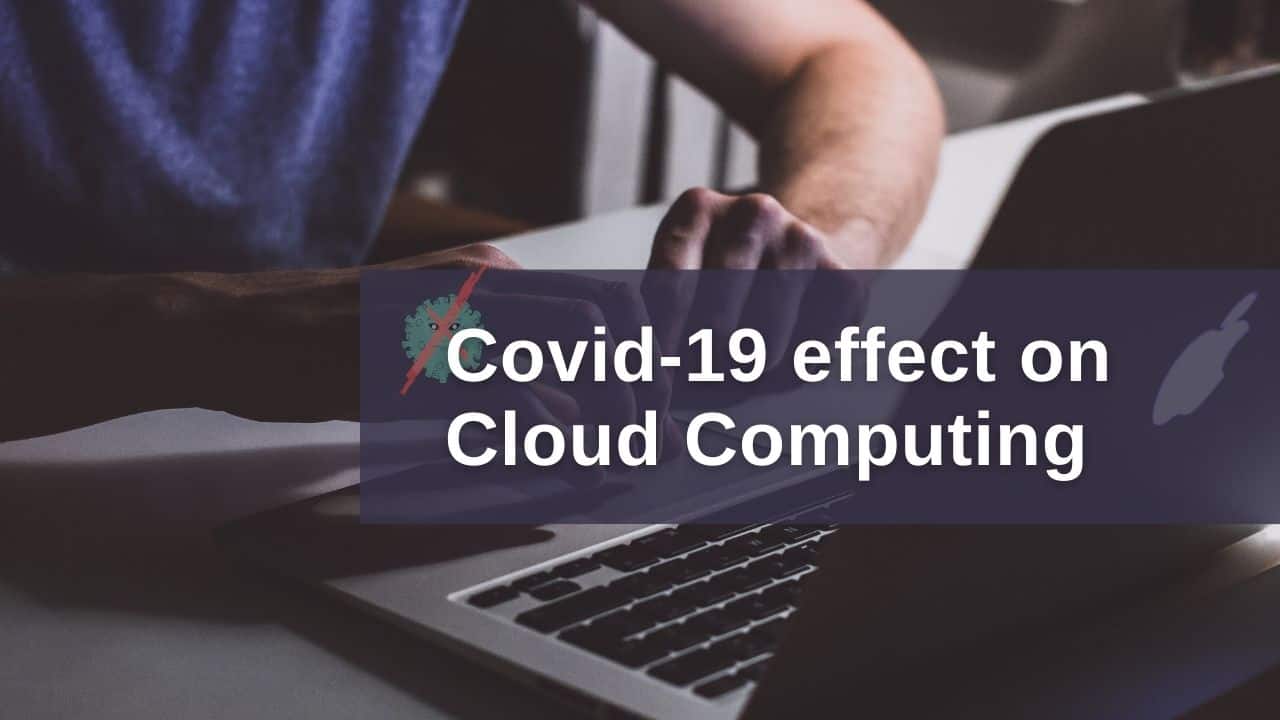For the most recent businesses, the cloud has been changing the game by 2020. In fact, SMBs use social cloud platforms faster than businesses, and reap the benefits of less expensive security tools, compatible mobile device management, and collaborative applications. But the rise in SMB cloud usage is not the only trend that will emerge this year. In Flexera’s “2020 State of the Cloud”, their research team analyzed feedback from public, private, and multi-cloud businesses.
Here are some of the Big Trends that will evolve Cloud Computing by 2020:
Covid-19 effect on Cloud Computing
Even before the launch of Covid-19, cloud investment was on the rise. Based on participant feedback, Flexera estimates that more than half of business and data loads will remain in the public cloud for 12 months. On average, organizations use at least two public and two private clouds, and 87% have an integrated cloud plan. With the first switch to long-distance work, cloud usage has skyrocketed as more companies need to easily deliver applications and tools to their various employees. In addition to the growing demand for users, companies have also shifted to the cloud due to business continuity improvements, delays in hardware supply chains, and subpar data center capabilities. Change did not have its challenges, however. The rapid shift to long-term employment has led many companies to overuse of cloud services.
Cloud Spending done right
For the fourth year in a row, Flexera has identified “spending money in the cloud” as a business priority. 73% of respondents have set this as the top target of 2020, which is not surprising considering that 30% of cloud spending is still being wasted. About half of the companies surveyed expect that cloud spending will increase year on year, with the average organization exceeding its cloud budget annually by 23%. This adds up, especially to businesses whose cloud uses millions of tips every year. There are many ways to prepare for the cost of clouds. Many companies use Artificial Intelligence and automation to minimize unnecessary processes, especially when their employees sign overnight. For example, if your employees use visible desktops, your cloud deployment is based on usage. These virtual machines are operational during normal business hours, but are closed at night and on weekends, saving 24×7 system cost, and associated hardware costs.
Cloud Cost Improvement Policies
Cloud Maturity and IT Governance
When it comes to cloud maturity, migration and managing cloud-prone areas is easier with age. Unfortunately, the same cannot be said for security, administration, compliance, and cost management. 83% of businesses report that security is an ongoing challenge, while 79% view compliance in the same way. In addition to the maturity of the cloud-based environment, it requires a lot of technology to keep the cloud running smoothly: automated spending cuts, improve the use of existing stacks instead of additional products, maintain data loss policies to track sensitive content, and ensure compliance with moving control standards. More than half of those tested now put out their cloud specialists:
51% of businesses have reported using cloud MSPs to manage public cloud usage
73% of businesses have a mid-range cloud or cloud performance center
57% of cloud groups are responsible for controlling the use and expense of IaaS / PaaS
Moving the cloud to the cloud is a driver of business skills and good IT use. Retire the technical debt associated with storing and operating in traditional data centers, and quickly measure the bulk load on the cloud.





